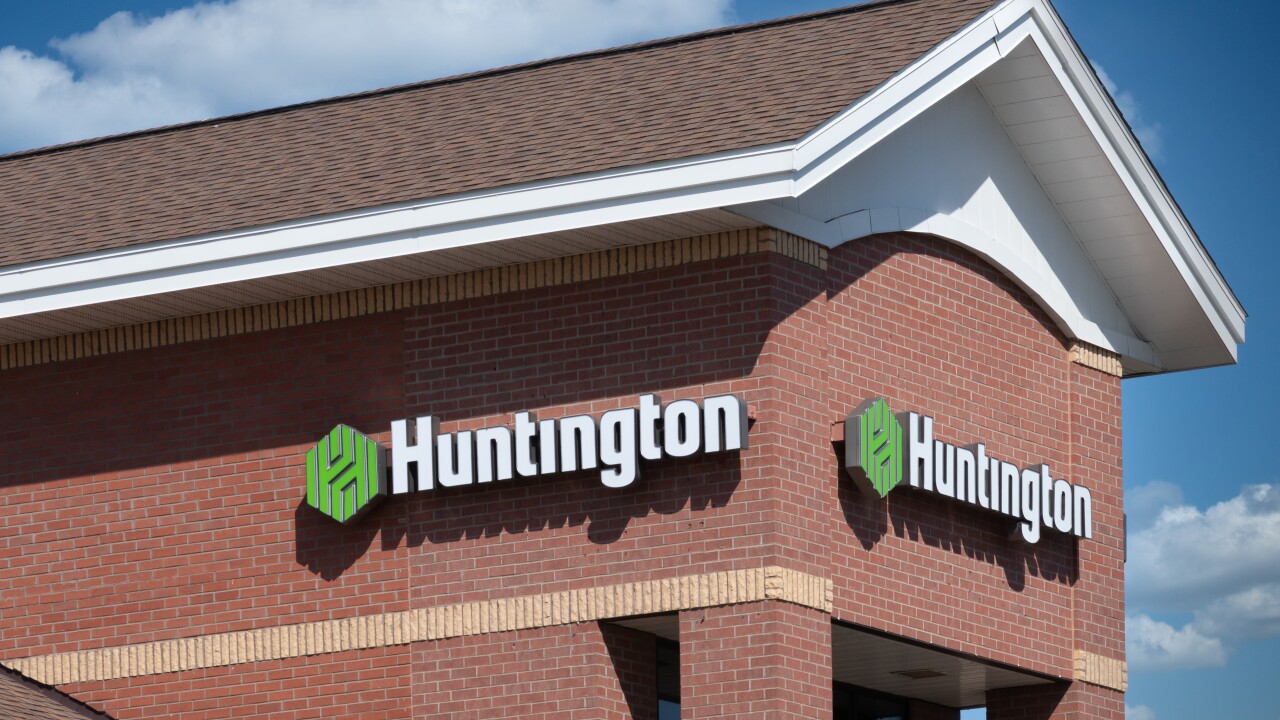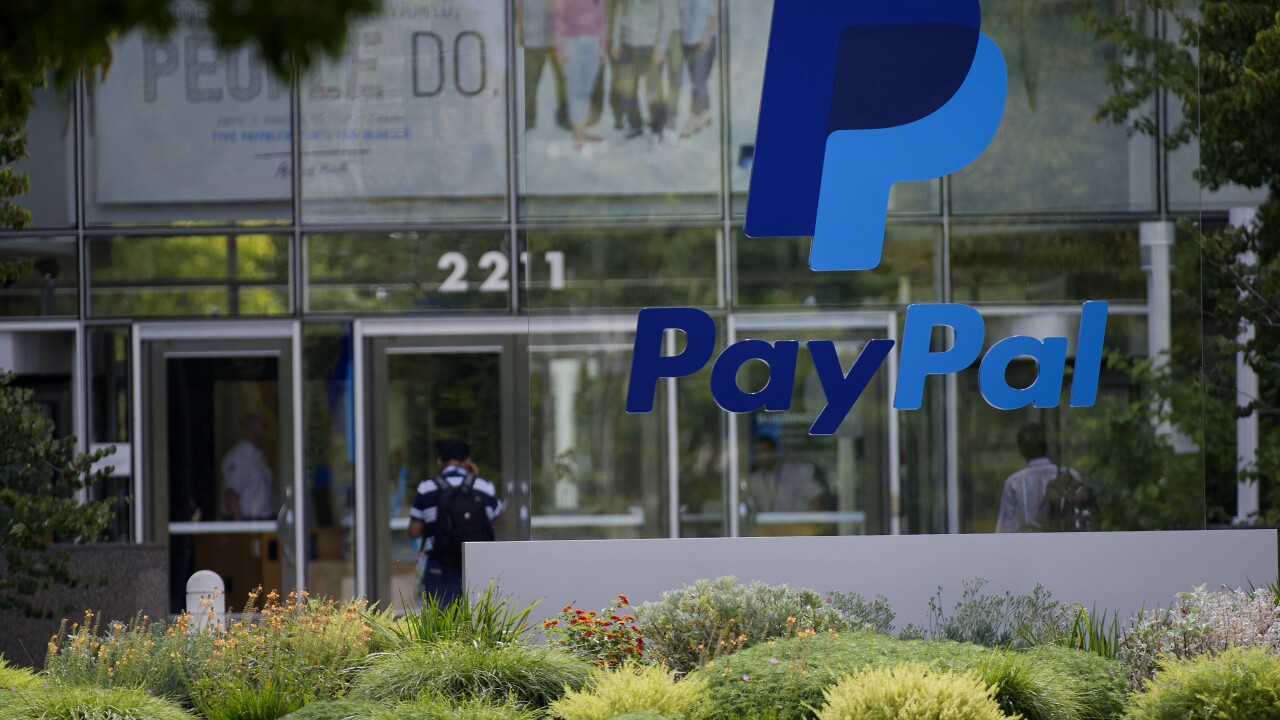Driverless cars have become a big deal in technology and automotive circles, as what seemed to be science fiction just a few years ago gets closer to applied science. But once cars drive themselves, what will passengers do?
For Visa's Avin Arumugam, the answer is clear: If someone's not driving a car, they enter a whole world of contextual and location-based shopping opportunities. And lots of opportunities for payments.
Driverless cars were the star of the recent
"Someone asked me at one of these events, what happens to the payment experience in a driverless car?" said Arumugam, senior vice president of the Internet of Things for Visa. "Well, in a driverless car there is no back seat. There's just seats. And there's simultaneous opportunities to shop and make payments."

Self-driving cars are not mainstream, but they are being tested in many cities including
The combination of web connectivity, GPS, location-based marketing and the drivers' existing financial relationships can match stores along a route to a particular need that driver may have. "You may forget to buy flowers for a birthday, or need to buy coffee," Arumugam said.
There's also the use of a car for business. If a car doesn't need a driver to move, it becomes a potentially revenue-generating asset while parked, he said
Arumugam did not identify partners and there's no announcement pending, but the potential is obvious.
In the interim, Visa is aggressively embedding payment capabilities and its brand inside web-connected cars, a strategy that benefits from improvements in auto technology since
The collaborations serve as a foundation for in-car payments to make consumers accustomed to the concept for driving-related needs. "It's a way to make the cardholder see the payment is safe, secure and easy," Arumugam said.
Visa is partnering with Honda's innovation lab in Silicon Valley, which Arumugam said is expanding uses for the car's web connection, including expanding the ability of Bluetooth technology to connect cars to points of purchase and sale. Visa will also likely work with other automakers, Arumugam said.
Following parking and gas, Visa plans to pursue other types of purchases, though most will still be tied to needs that are specific to driving.
"It's not a good idea to take attention off of driving by pushing an offer near a store," Arumugam said, noting the current collaboration has an addressable market of more than 300,000 Bluetooth connected parking meters. "But there are other uses, such as convenience stores and car washes that can be added…'connected cars' is a buzzword. There needs to be a use case."
Other
These third-party collaborations are necessary for the car to be a payments gateway, since the connected cars' underlying technology still requires an app to power transactions, said Bob O'Donnell, president and chief analyst at TECHanalysis Research, an automotive innovation consultant.
"While connected cars leveraging Android Auto or CarPlay might have access to the smartphone-based commerce or payment apps, direct payments from cars seems unlikely in the near term because of the distance from the car to any purchase point would require wireless radios instead of NFC," O'Donnell said.
There are also business complications tied to in-car digital payments, according to Richard Crone, a payments consultant.
"It's a vivid example of an embedded payment,; the car is one big mobile [Internet of Things]," Crone said, adding there is controversy over how the car would even get a steady internet connection. "Nobody wants to pay for another data plan on their car just for payment."





